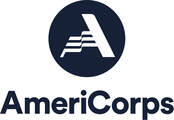CALENDAR OF EVENTS ~ BRIDGES TO THE PAST, A HISTORIC PRESERVATION INITIATIVE OF THE NRGRDA3/29/2014
Over the next five months, PAWV will be partnering with the New River Gorge Development Authority to present Bridges to the Past, A Historic Preservation Initiative of the NRGRDA. Special historic preservation programming and the PAWV traveling exhibit, Preserving West Virginia: Saving Communities, will be featured at over five locations in southern WV. See a full calendar events, exhibit locations, and programming topics below…
The workshop will focus on the Entler-Weltzheimer House on the campus of Shepherd University. As it is the last remaining example of vernacular architecture in a modest part of Shepherdstown along High Street, preserving the structure is important to the Shepherdstown community. By 2000, though, the Entler-Weltzheimer House had become dilapidated and was an eyesore. In 2011, Shepherd University applied for a grant from the West Virginia Division of Culture and History and was awarded $34,419 for a restoration of the Entler-Weltzheimer House. Shepherd matched these funds, and from 2011-2012, $68,838 was invested for major external renovations, including removal of a non-significant dormer, a new historically appropriate roof, new paint, and significant interior repair and stabilization. In 2013, the Phi Sigma Chi sorority, who used the house from 1948-1960, donated funds for a new railing in front of the house. The windows, however, are in need of repairs, ranging from complete rebuilding to paint removal and repainting. Boards still cover the window openings, and the structure, while no longer an eyesore, still presents an unfinished appearance.
Windows have long been a bone of contention within historic preservation projects. For many years, environmentalists and preservationists butted heads over the issue of replacement windows that were thought to be more energy efficient versus restoring original windows. Concerns about lead paint also led to the drive to replace old windows rather than repair them. Recent best practices have shifted from window replacement to window restoration, retaining the original historical look and feel of the old glass and wood while keeping the energy invested in the original window fabrication. Moreover, weatherization updates can increase the energy efficiency of the window and proper techniques can provide for lead abatement safely and reasonably. Nevertheless, historic wood windows continue to be removed and replaced unnecessarily. In most cases, property owners do not understand that it is possible to restore wood windows properly, safely, and affordably. The PAWV workshop aims to educate the public about proper window restoration a techniques while in the process significantly improving the appearance of the Entler-Weltzheimer House.
The city of Weirton was incorporated in 1947, combining the areas known as Holliday’s Cove – home to the area’s earliest settlers, Marland Heights and Weirton Heights – both located on bluffs above the downtown area, and Weirton – the area immediately surrounding Weirton Steel. Some forty years prior, the area was mostly apple orchards and farms. In 1909, Ernest T. Weir, president of Phillips Sheet and Tin Plate Company of Clarksburg, WV, purchased 105 acres of land from Cyrus Ferguson to expand his business. By the end of 1909, Weir’s company was operating ten mills and by 1918, the Phillips Sheet and Tin Company changed its name to Weirton Steel Company. Weirton Steel and the surrounding areas continued to prosper for the better part of 60 years. At one time, the company employed over 12,000 people, becoming the largest private employer in West Virginia, and was the 5th largest steel producer in the country. The areas surrounding downtown Weirton, such as Marland Heights, were home to the employees of Weirton Steel. And by providing for the city, Weirton Steel was providing for their employees. During the 1930’s, many community oriented projects were undertaken by Weirton Steel, one such project was the Marland Heights Park and Margaret Manson Weir Memorial Pool. The park and pool were developed using funds left by David Mason Weir, brother of Ernest Weir and vice-president of Weirton Steel Company. In his will, he stipulated that funds from his estate be used to develop a public space honoring his mother, Margaret M. Weir. The Art Deco swimming pool was constructed by Weirton Steel Employees including laid-off workers and was under the ownership of Weirton Steel until 1984 when ownership was transferred to the Board of Parks and Recreational Commissioners. Both the park and pool served as the center of Weirton’s recreational activities until the pool closed in 2005. As stated in its National Register Nomination, most of the original elements still exist to this day. The original wire baskets used for storing belongings, wooden dressing benches and a wooden check-in counter. The impact of the Margaret Mason Memorial Pool and Marland Heights Park is evident within the community; both are mainstays of shared memory. One long-time resident of Marland Heights, Dolores Ginier, was recently interviewed regarding the community pool. Mrs. Ginier was born shortly after the park and pool were dedicated and grew up within walking distance. She has a unique perspective on the situation, having seen the growth of Weirton and the Marland Heights area. She began going to the pool at a young age and took her children there as well. When asked what she remembers most about the pool, Mrs. Ginier answered, “We lived there in the summer. From 4th grade on, we spent every day there. We would ride our bikes two times a day to the pool.” She also remembers her favorite aspects of the pool, how cold the water was as well as the diving boards. [Originally, the pool had three diving boards, including a high dive. In 1990, the high dive was deemed unsafe and removed due to the depth of the deep end.] Mrs. Ginier says her and her friends would lay out a lot as they got older, their goal being to “get tan, as dark as we could get. We didn’t know any better in those days, how bad that was for you.” Some activities that were popular in the 1940’s and 1950’s were ping pong, which was played in a shelter on park grounds, as well as shuffle board. She also remembers playing tennis and watching others play basketball. Mrs. Ginier talked about some of her earliest memories involving the playground. “The playground used to be in back of the pool, there were children’s swings with wooden seats and possibly a slide. There wasn’t any climbing equipment like now” [today the playground is to the right of the pool and does consist mainly of climbing equipment]. “The maintenance and care [of the park] also stand out. There was a spit-polished shine. No gravel was out of place and the shrubbery was perfectly manicured. I believe Weirton Steel took care of the maintenance.” When asked how she feels about efforts to reopen the pool, Mrs. Ginier replied, “I fully support the efforts currently being made. I wish them well.” Currently, efforts are being made by the Marland Heights Community Association and the Weirton Board of Parks and Recreation to begin the necessary steps required to open the landmark to the public. The Margaret Manson Weir Memorial Pool is a major part of the history of Weirton and Weirton Steel. It is a unique building, retaining most of its original elements, and will be a cornerstone of the community. Here is a historic video of the pool dedication:
Rodney Bohner, PAWV’s Preserve WV AmeriCorps, organized a few AmeriCorps members. With oversight provided by Lynn Stasick and Pete and Carolyn Stephens, the volunteers covered the logs with a large tarp. It was a sunny day with strong winds, which made it difficult to secure the 30′ x 40′ tarp. However, it was a successful day, and the members were able to ensure this precious resource is protected from the elements until the fort can be reassembled.
The original mill on the Feagans’ site was built by the Abram Haines family between 1757 and 1760. That mill was burnt to the ground by Union forces during he Civil War by order of General David Hunter and General Phillip Sheridan in 1864. It was rebuilt around 1870 by Isaac Feagans, who had purchased one half interest in the property from the Haines family and began operating as the Haines’-Feagans’ Mill. In about 1900, Wilder Feagans purchased the remaining share from the Haines, and the mill operated as Feagans Mill until 1943, when it was shut down. During 1937, it did suffer some damage from another fire, and from 1943 to 2010, little upkeep was done to the mill and it fell into a state of disrepair, with pests infiltrating much of the building.
Acquired by the present owner in 2010, the mill is in need of minor structural restoration and routine maintenance. The plan is to conduct a full restoration of the site, ultimately resulting in a fully operational historic mill and creamery, as well as ancillary businesses, which could serve the needs of local farmers AND become a historic tourism destination. Rehabilitation of the property began in 2011 by removal of most of the accumulated refuse inside the mill and clearing of the overgrowth from the exterior. The mill is powered by a 16-by-4-foot iron water wheel, made by the Fritz Iron Foundry of Martinsburg and located on the north side of the mill. There has been some difficulty in moving forward with the project primarily related to zoning and engineering regulation concerns. It is hoped that PAWV can reduce the threat to the property by providing technical guidance to the owner as to proper historic restoration and preservation techniques and can help the owner mitigate some of the concerns of the county planning and engineering departments. By Tricia The Golden Rule building is one of the last remnants of Belington’s economic boom. Completed in 1902, this local ‘landmark’ housed the Shinn family’s Valley Grocery Company wholesale operation and later the Golden Rule Company retail store. Though this is not the only family business associated with The Golden Rule, this turn-of-the-century building includes a hydraulic elevator from the Warner Elevator Company, a family company out of Cincinnati, Ohio. Warren Warner was considered a pioneer in elevator manufacturing. In the mid-nineteenth century, his company built the first hydraulic elevator in the United States. After Warren passed away in 1891, the company remained in the family. His grandson, C.H.M. Atkins took over the Warner Elevator Company. By 1912, the Warner Elevator Company was the third largest producer of electric elevators in the country.
Mechanics of the elevator The elevator in The Golden Rule is little more than a palette-sized plate in a narrow three-story shaft. The whole system comprises of a large metal cylinder, iron pipes, cables, and pulleys. The iron pipe, connected to the city’s water source, fed into the cylinder causing the pulleys to turn and the platform to rise and fall. The major mechanical parts are still in the basement, however, it appears that several pipes are missing. The Belington Revitalization Committee hopes to get the elevator working again as part of the preservation and rehabilitation of the building. *This position has been filled.
Preservation Alliance of WV is seeking an AmeriCorps VISTA to begin immediately in assisting with organizational development, educational outreach, and program development. Preservation Alliance of WV is the statewide, grassroots organization for the Mountain State, in addition to being the Preserve WV AmeriCorps program administrator and statewide partner for the National Trust for Historic Preservation. VISTA oversight is provided through the National Coal Heritage Area Authority VISTA program. Applicant should be self-directed and have degree or background in public history, public administration, marketing, or related field. For more information about VISTA http://www.americorps.gov/for_individuals/choose/vista.asp For information about Preservation Alliance of WV, visit www.pawv.org. VISTA will serve at the Darden House in Elkins, West Virginia, and the position is for one year and is available to start immediately with renewal possibility for one term. For the right person, multiple terms as VISTA could possibly transition to a staff position, if development efforts are successful. Responsibilities will include:
To Apply: Application will consist of resume and cover letter expressing why you think you are right for this position. You will also submit an AmeriCorps VISTA application to the National Coal Heritage Area. Applications will be reviewed as received and will be accepted until position is filled. Materials can be delivered in any one of these ways:
By Tricia Churches follow a standard form: nave, pews, altar… Yet there are unique features that make these architectural religious relics praiseworthy. All over West Virginia houses of worship symbolize a community’s history and values. Though the use of the structure may have changed or the building has sustained severe structural damage, the historic churches across the state merit a visit. This is why historic churches are this month’s focus for an Excuse for an Excursion.
All over West Virginia, there are historic houses of worship worth visiting. So let the majesty of these architectural relics be your excuse for an excursion!
|
News and NotesCategories
All
Archives
May 2024
Subscribe to our mailing list to receive e-news updates on historic preservation news and events in West Virginia.
|
Get Involved |
Programs |
Contact UsPreservation Alliance of West Virginia
421 Davis Avenue, #4 | Elkins, WV 26241 Email: [email protected] Phone: 304-345-6005 |
Organizational Partners:
© COPYRIGHT 2022 - PRESERVATION ALLIANCE OF WEST VIRGINIA. ALL RIGHTS RESERVED.

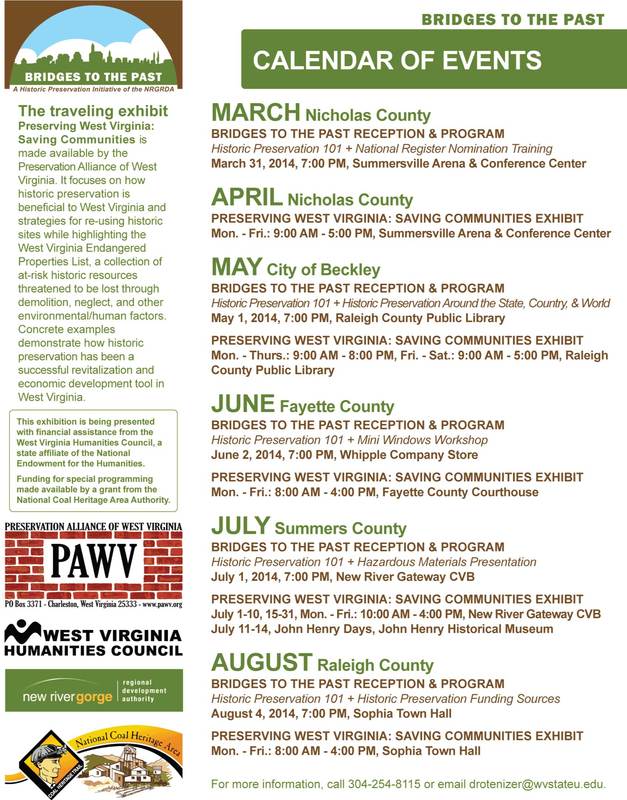
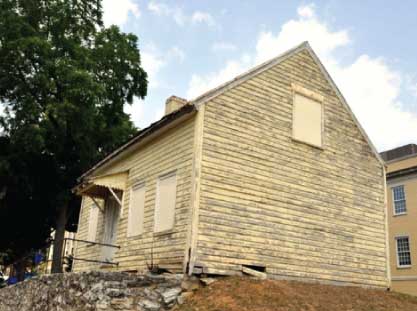
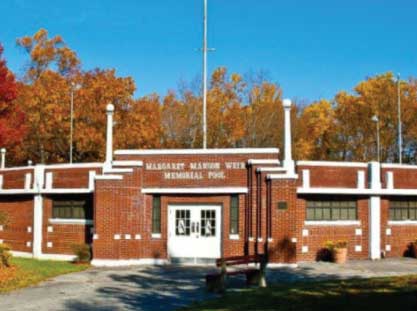
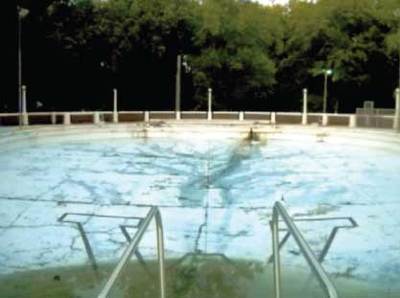
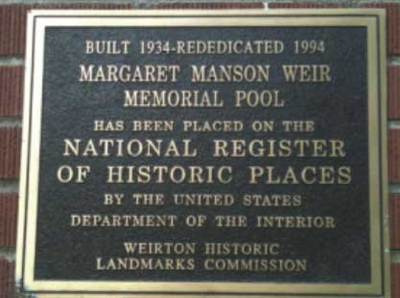
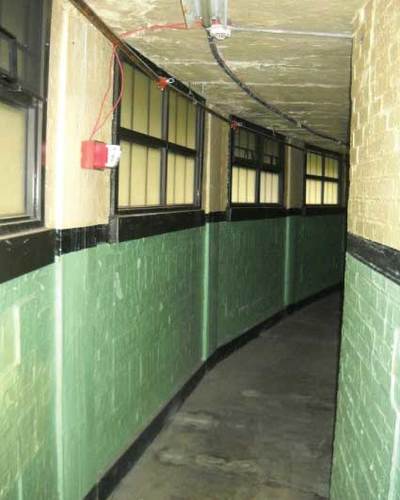
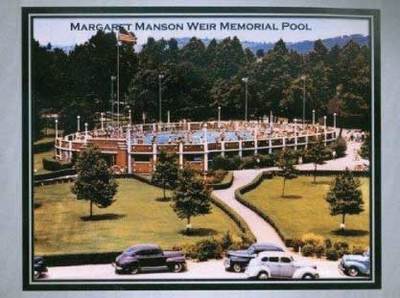
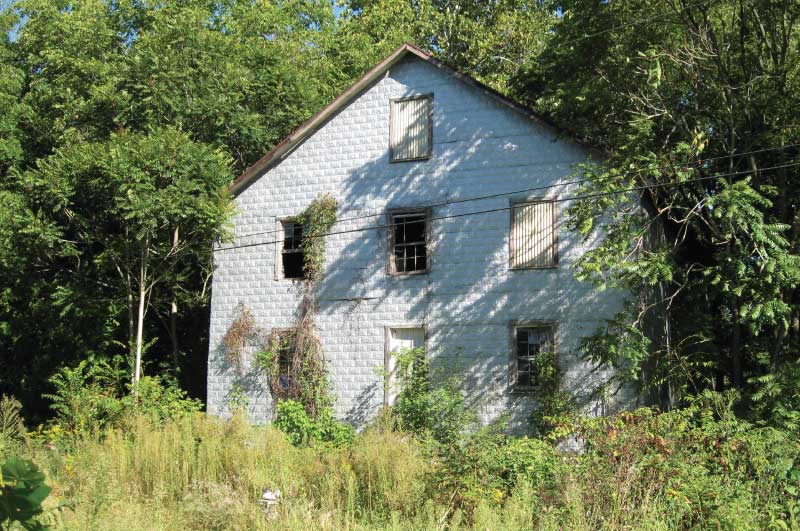
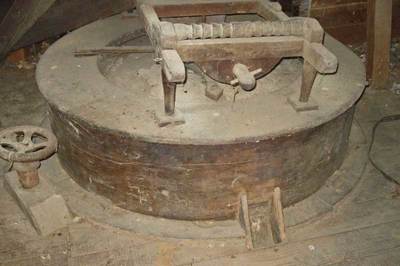
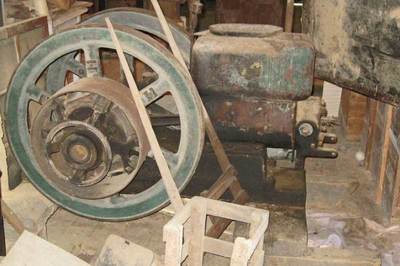
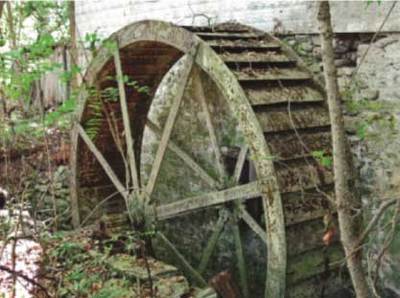
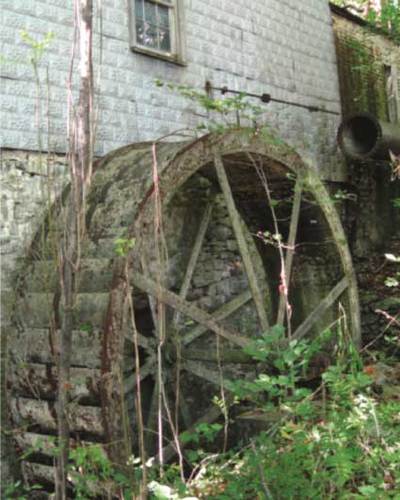
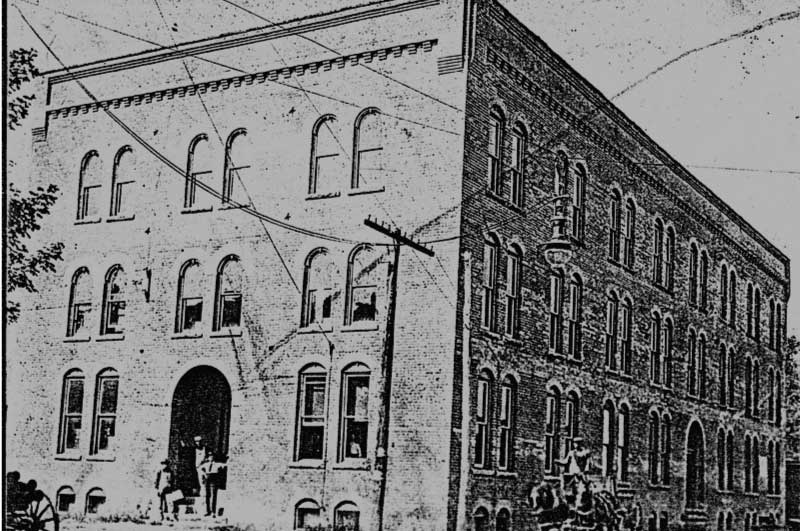
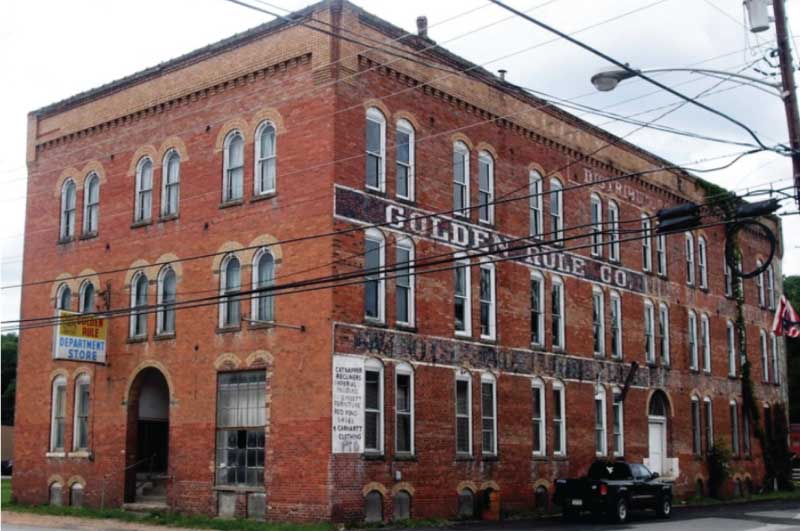
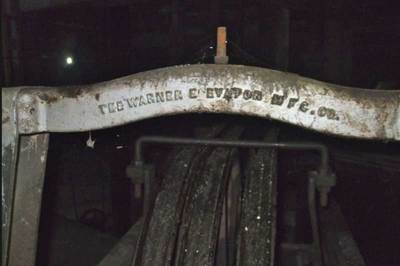
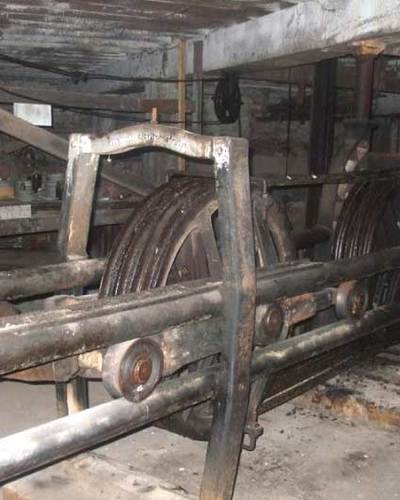
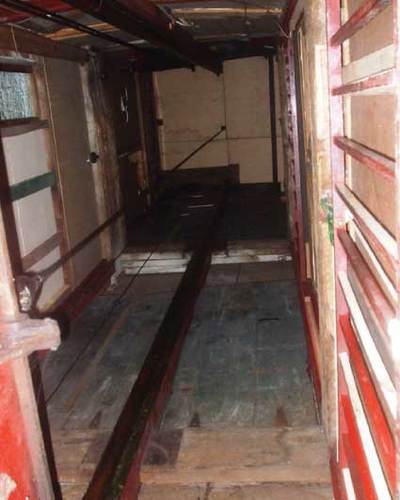
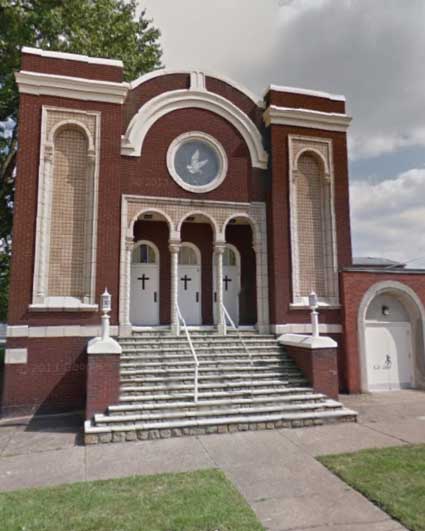
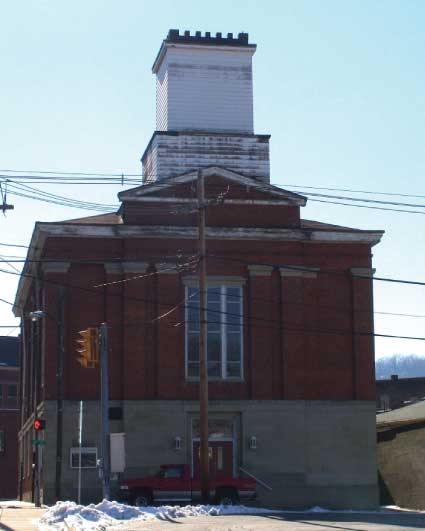
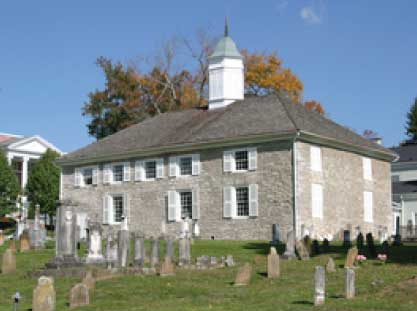
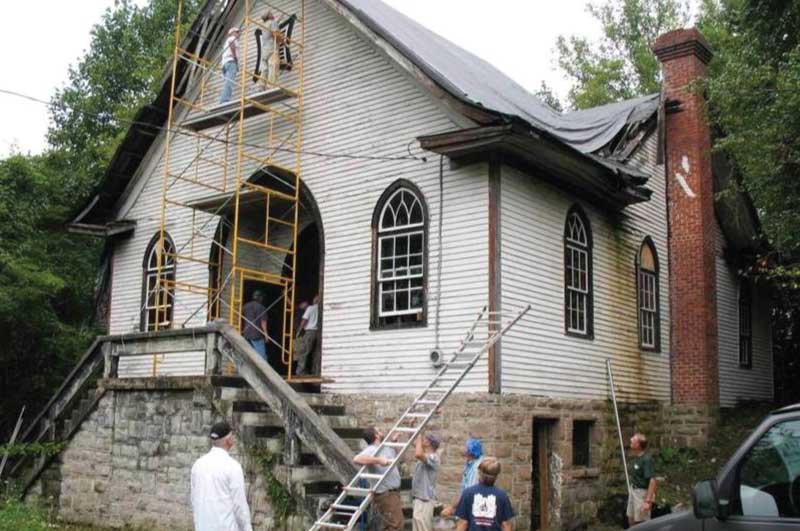
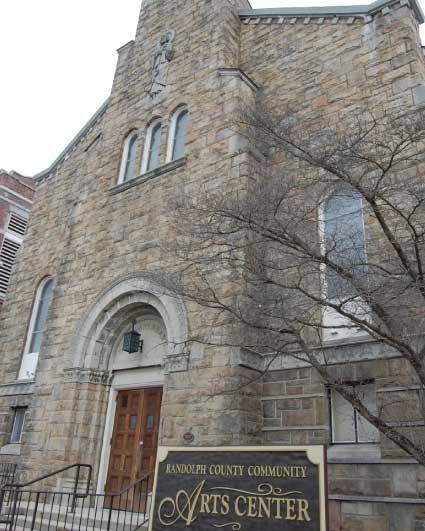
 RSS Feed
RSS Feed

